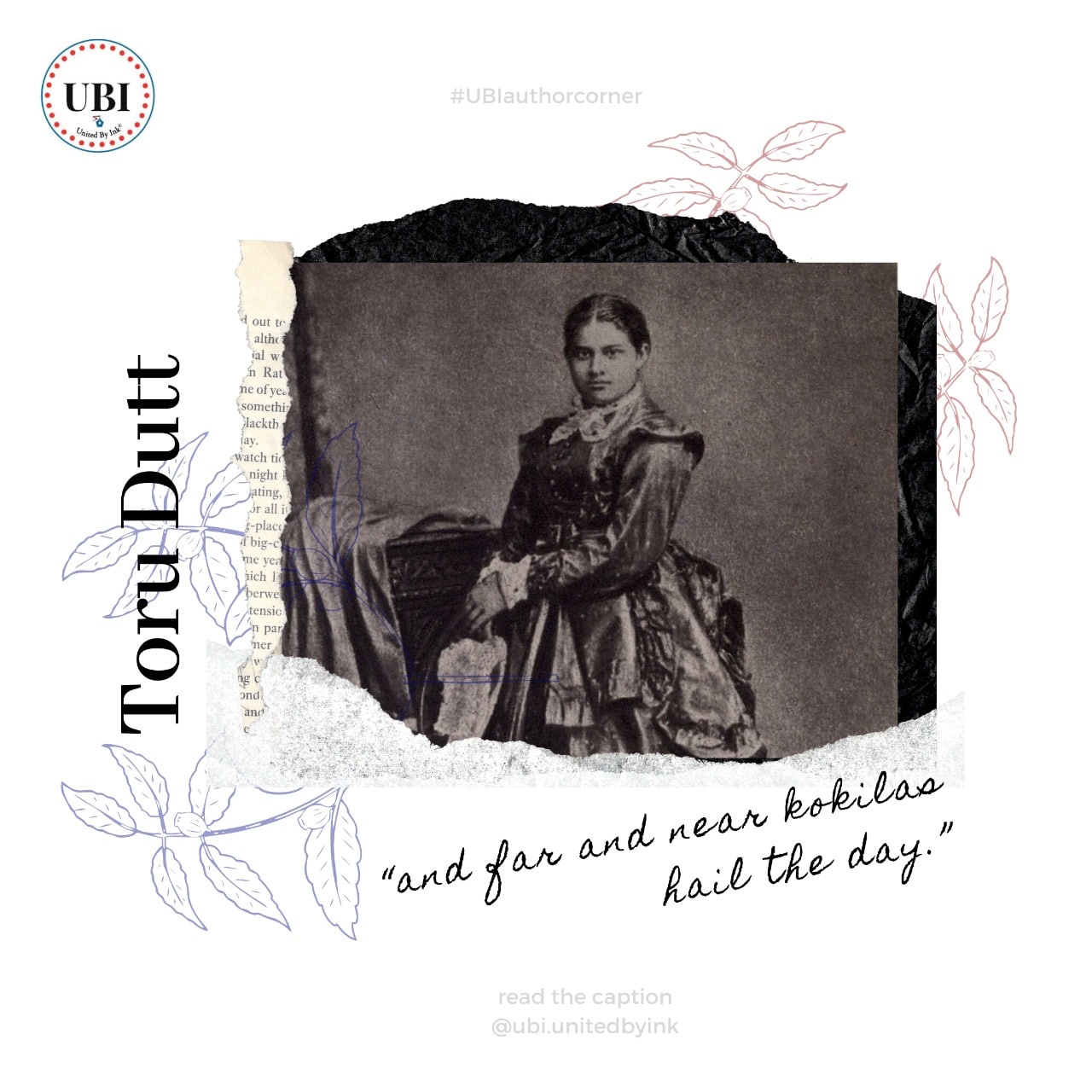
Author- Tarulatha Dutt
Death- 30 August 1877
Nationality- Indian
Tarulatha Dutt, popularly known as Torru Dutt, was an Indian artist brought into the Bengal region in 1856. As the most youthful offspring of Govin Chandra Dutt and Kshetramoni Mitter, Toru had a place with a group of essayists. Her dad Govind Chunder Dutt, was a language specialist and distributed a few sonnets. Her mom, Kshetramoni Mitter, was a lady who adored Hindu folklore and deciphered the book The Blood of Christ into Bengali. Due to her dad’s legislative work, the family voyaged often.
In the wake of being met with social dismissal and separation because of their transformation to Christianity, Toru Dutt’s family moved to Mumbai for a year. After returning in 1864 to their home of Calcutta, Toru’s sibling Abju passed on tuberculosis. Her family moved to France in 1869, following the demise of her sibling Abju. In France, she was instructed in language, history, and expressions of the human experience. Toru, alongside her sister Aru, dominated the French language during their short stay in France. This interest in the French language and culture would be supported through Toru’s life, and her #1 writers were the French author’s Victor Hugo and Pierre-Jean de Béranger.
In a little while, the family moved to Britain, where Toru sought after her schooling at the University of Cambridge, alongside her higher French examinations. The peaceful scenes of southern England, joined with Toru’s encounters experiencing childhood with her family’s country domain in Baugmauree, assumed an enormous part in forming her own and beautiful interest in the ordinary world. It was likewise at Cambridge that Toru met and became friends with Mary Martin. Their correspondence kept going even after the family got back to Bengal in 1873. Later, these letters turned into a significant wellspring of data about Toru’s life.
Toru began distributing her work when she was just 18 years of age. Her originally distributed works, papers on Henry Derozio and Leconte de Lisle, showed up in Bengal Magazine in 1874. The global and interracial foundations of these artists (Derozio was an Anglo-Portuguese born and brought up in India, while Leconte de Lisle was a blended race and from Mauritius) were essential to Toru, whom herself felt a blend of public impact both as an Indian Christian and during her time abroad. Her first novel Le Journal de Mademoiselle d’Arvers (The Diary of Mademoiselle D’Arvers) was written in French. She additionally began to compose another novel, Bianca or The Young Spanish Maiden, which stays fragmented because of her young and troublesome demise. Both these books were set outside of India with non-Indian heroes.
Notwithstanding starting her abstract vocation with exposition, Toru Dutt is known for her verse. Her first assortment, A Sheaf Gleaned in French Fields, was a volume of French sonnets that she and her perished sister Aru converted into English. The main version of her book was distributed in 1876 by the Saptahik Sambad Press, situated in Bhowanipore, India. This assortment of verse procured Toru some acknowledgement as a youthful, rising artist. From the start, her assortment was not a hit since it came up short on an introduction, was imprinted on lousy quality paper, and the distributor was primarily secret. In any case, in 1877, the verse assortment acquired exposure after it was well investigated in The Examiner by Edmund Gosse.
Tragically, Toru Dutt did not live to see her prosperity. She, like her kin, died from tuberculosis in 1877, at 21 years old.
Notwithstanding her untimely passing, Toru Dutt stays an excellent writer. Her works are generally viewed as being among the extraordinary Indian-English compositions. . Much fundamental consideration has additionally been paid to Toru Dutt’s compelling blend of European and Indian social impacts, connecting her way of life as a cosmopolitan and multicultural figure to her beautiful amalgamation of English section structures (like the song) with Indian motivations and legends.
How useful was this post?
Click on a star to rate it!
Average rating 0 / 5. Vote count: 0
No votes so far! Be the first to rate this post.

UBI stands for United By Ink®️. UBI is a Global Platform- the real-time social media interactive forum created for Readers, Writers and Facilitators alike.This platform aims to help creative souls realize their writing goals.
Click on our representatives below to chat on WhatsApp or send us an email to ubi.unitedbyink@gmail.com
